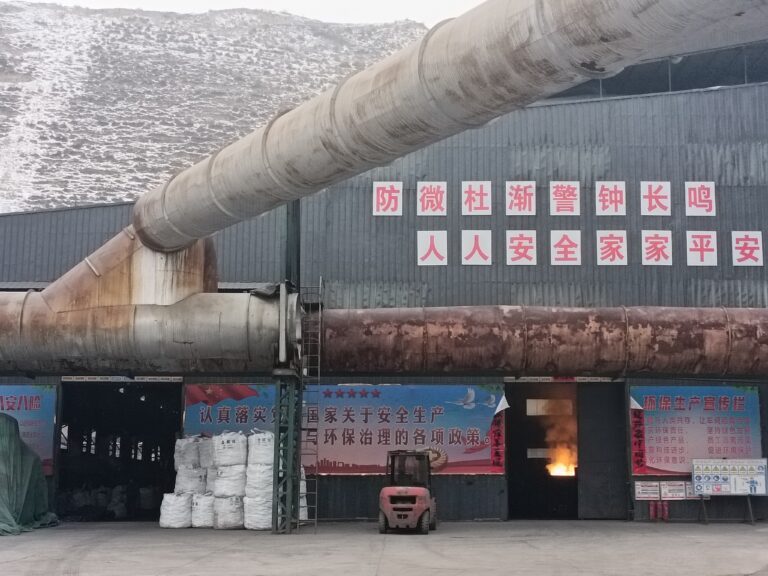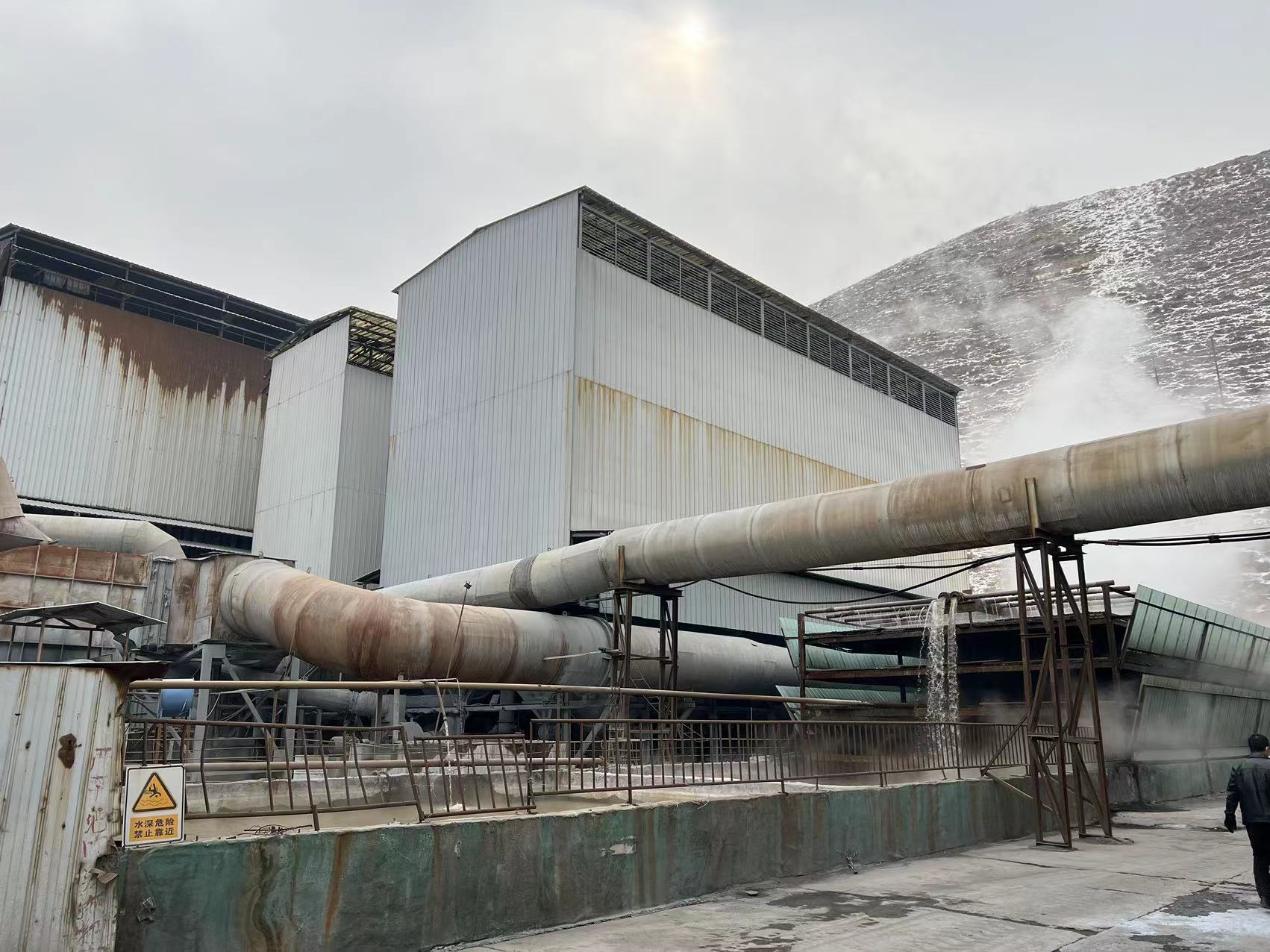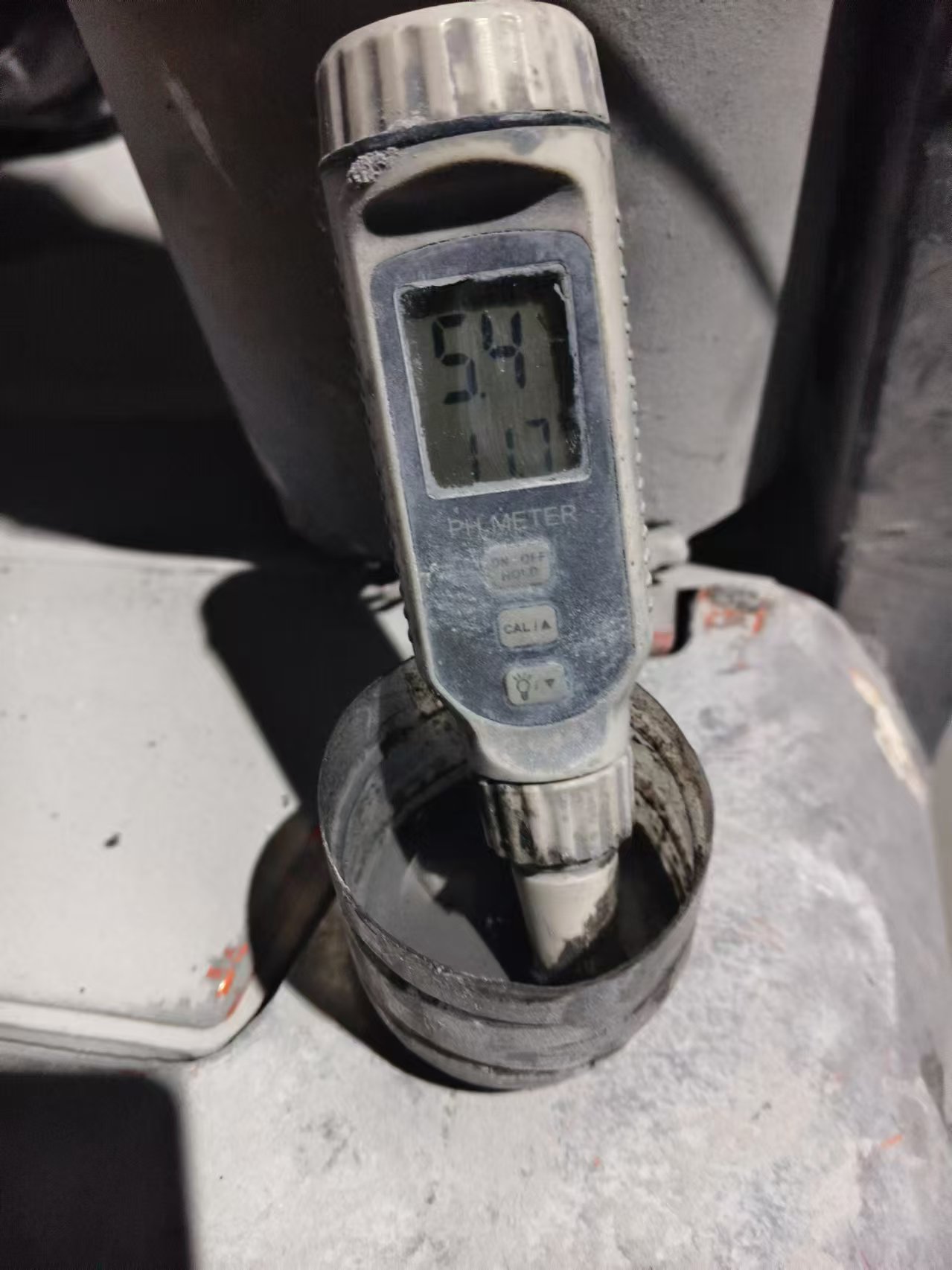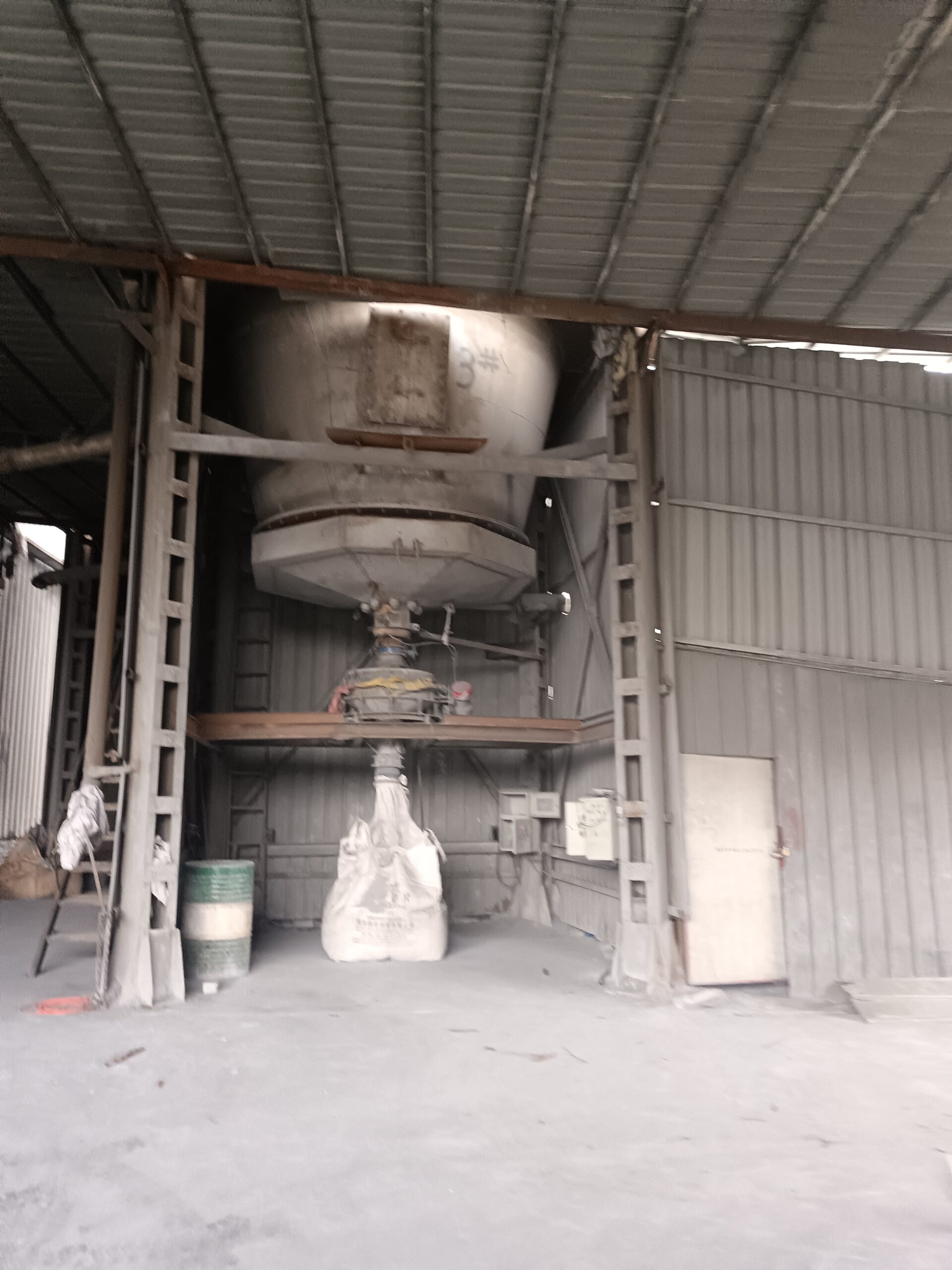Sulfate erosion, as one of the key factors affecting concrete durability, is highly complex and extremely harmful, making it one of the most challenging issues among various types of environmental water erosion. Generally speaking, the lower the water-cement ratio, the higher the density of the concrete, making it more difficult for sulfate solutions to penetrate into the concrete, thereby enhancing its resistance to erosion. The addition of silica fume can effectively improve the density of concrete, thereby enhancing its resistance to erosion to a certain extent. However, different silica fume content levels can have significantly different effects on the sulfate resistance of concrete, a phenomenon that involves complex chemical reaction mechanisms.
In studies on the sulfate resistance of mixtures of high-alumina cement and ordinary Portland cement containing silica fume, it was found that when the high-alumina cement content was 15% and the ordinary Portland cement content was 85%, the sulfate resistance was significantly enhanced. This indicates that in a specific cement mixture system, a reasonable silica fume content can optimize the microstructure and chemical composition of the cement paste, thereby enhancing its resistance to sulfate attack.
By precisely measuring the content of sulfate diffusion products in concrete, the impact of adding silica fume on its resistance to sulfate attack can be thoroughly investigated. Taking the test results at 14 weeks of age as an example, in Na₂SO₄ solution, when the silica fume content was 0%, 5%, 10%, and 15%, respectively, the sulfate content in concrete was 0.09%, 0.072%, 0.06%, and 0.05%, respectively. This result clearly indicates that as the silica fume content increases, the concrete’s resistance to erosion in sodium sulfate solution gradually improves, meaning that adding silica fume significantly enhances the concrete’s resistance to erosion by sodium sulfate solution. This is because the addition of silica fume promotes the hydration reaction of cement, generating more hydration products that fill the pores within the concrete. Additionally, the reaction between silica fume and cement hydration products alters the chemical composition of the cement paste, making it more resistant to erosion by sodium sulfate solution.
However, the situation is different in magnesium sulfate solutions. When the silica fume content is 0%, 5%, 10%, and 15%, the content of sulfate diffusion products is 0.11%, 0.083%, 0.06%, and 0.06%, respectively. That is, when the silica fume content increases to 15%, the content of sulfate diffusion products does not continue to decrease. Further research found that when silica fume was added to cement mortar at concentrations of 0%, 5%, 10%, and 15%, and then immersed in a 5% magnesium sulfate solution, the degree of damage to the cement mortar was evaluated based on the loss rate of compressive strength. The results showed that as the silica fume content increased from 5% to 15%, the compressive strength loss rate continued to increase, with all values exceeding 40%, indicating a gradual decrease in resistance to magnesium sulfate erosion. This is because the silica fume replaced part of the cement, triggering the volcanic ash effect, which reduced the content of calcium hydroxide. In magnesium sulfate solution, magnesium ions react with calcium hydroxide to form magnesium hydroxide precipitation. The reduction in calcium hydroxide facilitates this reaction, allowing more magnesium ions to penetrate into the concrete matrix and react with the C-S-H gel, causing its degradation and thereby reducing the concrete’s resistance to magnesium sulfate erosion. As such, silica fume demonstrates significant effectiveness in enhancing resistance to sodium sulfate erosion but has certain limitations in resisting magnesium sulfate erosion. In practical engineering applications, the dosage of silica fume should be reasonably determined based on specific environmental conditions and sulfate types.








